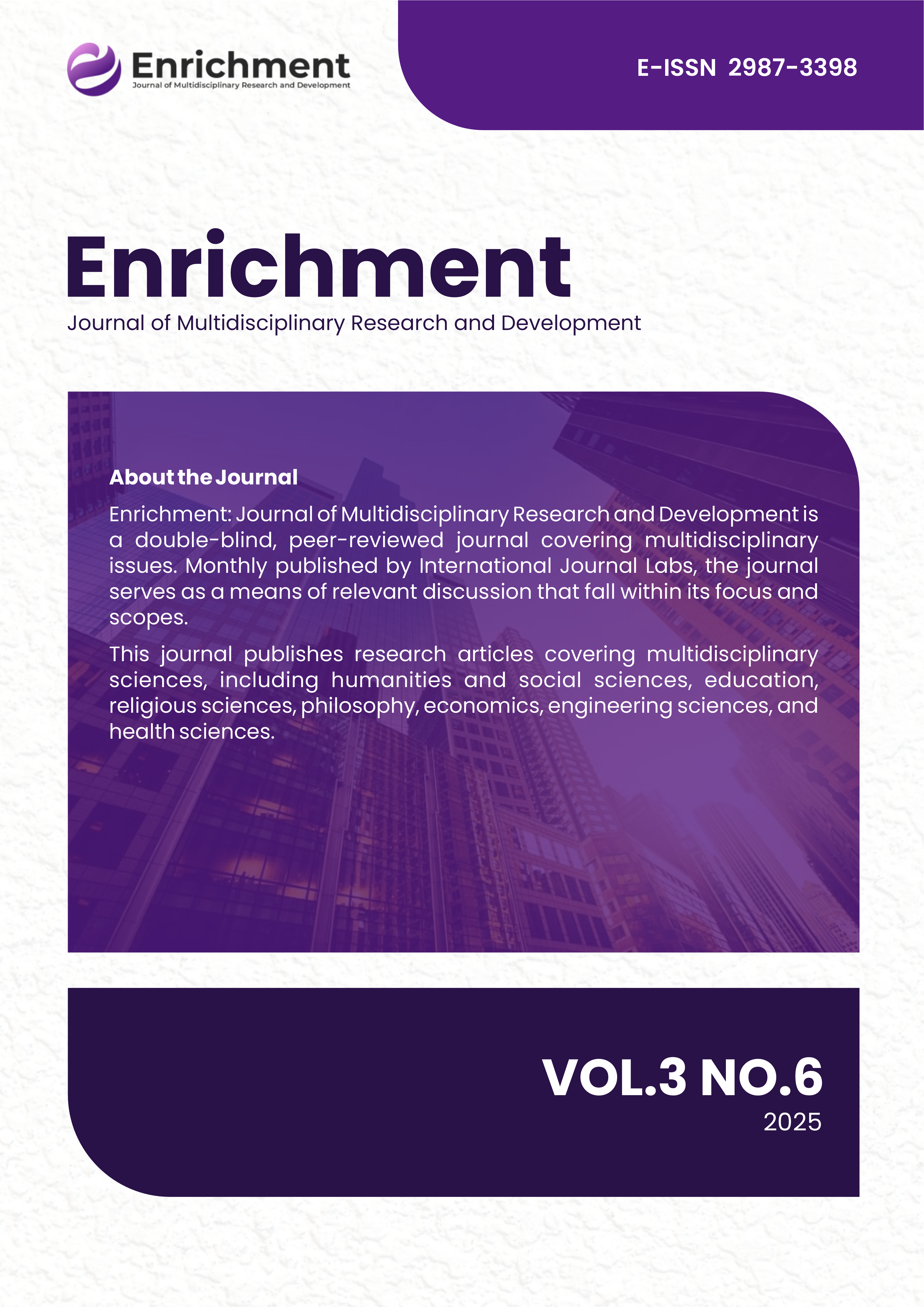A Community Preference-Based Approach to Public EV Charging Station Site Selection Using ANP and ELECTRE I
DOI:
https://doi.org/10.55324/enrichment.v3i6.429Keywords:
electric vehicle charging station (EVCS); location selection; multi-criteria decision making (MCDM); community preferences; charging infrastructureAbstract
The provision of charging infrastructure is essential to support electric vehicle (EV) adoption and promote sustainable energy policies. Surabaya, one of the largest metropolitan cities in Indonesia, is preparing for a transition toward electric mobility but still faces a limited number of public EV charging stations (EVCS). This study addresses the EVCS location selection problem using an integrated multi-criteria decision-making (MCDM) approach: the Analytic Network Process (ANP) and ELECTRE (Elimination and Choice Expressing Reality). ANP is used to structure the decision problem and determine criteria weights, while ELECTRE ranks the alternative locations. A community preference–based approach is adopted to capture the expectations of future users, all of whom are currently conventional vehicle users but interested in switching to EVs. Quantitative analysis reveals that usage-oriented factors (66.68%) outweigh travel-related considerations (33.32%). Among criteria, cleanliness and tidiness (36.40%) and security (31.90%) are especially influential, followed by road condition (10.72%) and amenities such as cafés and restaurants (8.71%). Less influential factors include retail facilities (4.20%), malls and entertainment access (4.27%), and traffic volume (3.80%). Three candidate locations, identified in a prior study based on expert judgment (e.g., accessibility, energy availability, and population), were evaluated. Based on the weighted criteria and alternative scores, location rankings were determined. Sensitivity analysis confirms the stability of the results, supporting the model’s robustness. This study offers a holistic and practical framework for EVCS site selection that incorporates future users’ preferences, ensuring that the charging infrastructure is both technically feasible and socially responsive to real urban mobility needs.




